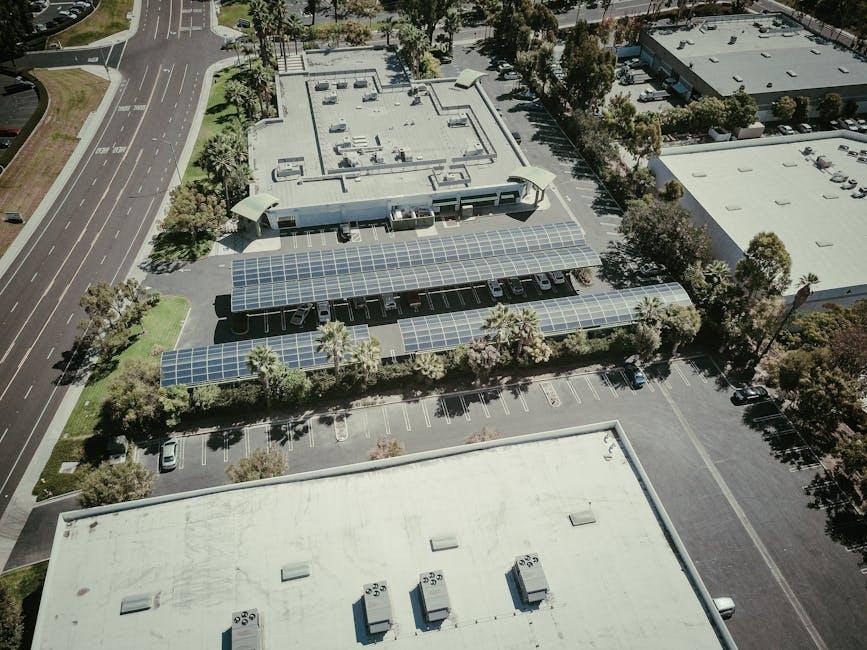Green infrastructure is a term that is becoming increasingly prevalent in discussions surrounding urban planning and sustainable development. This article will explore the importance of incorporating trees into green infrastructure projects, and the numerous benefits they provide to both the environment and society. From providing shade and reducing air pollution, to mitigating the effects of climate change and improving overall quality of life, trees play a crucial role in creating healthier and more resilient communities. Let’s delve deeper into the world of green infrastructure and trees, and discover why they are essential components of sustainable urban landscapes. Green infrastructure plays a crucial role in sustainable urban development by improving the quality of life for residents and supporting a healthy environment. Trees are key components of green infrastructure, providing a wide range of benefits that enhance the overall well-being of urban areas. From reducing air pollution and mitigating the urban heat island effect to promoting biodiversity and increasing property values, trees offer numerous advantages that contribute to a more resilient and sustainable built environment.
Maintaining urban tree canopy presents several challenges, such as limited space, soil compaction, pests and diseases, and lack of adequate water and nutrients. To address these issues, cities can implement various solutions, including planting the right tree species for the local climate and site conditions, implementing proper tree care practices, and investing in infrastructure improvements to support healthy tree growth. By taking a proactive approach to tree management, urban areas can maximize the environmental benefits of trees within their green infrastructure networks.
Implementing tree planting programs in urban areas is essential for expanding and enhancing green infrastructure. Cities can adopt strategies like selecting suitable tree species, providing maintenance and care guidelines to residents, and partnering with community organizations to engage volunteers in tree planting and stewardship activities. By following best practices for ensuring the long-term success of urban trees, such as establishing comprehensive tree inventories, monitoring tree growth and health, and addressing maintenance issues promptly, cities can create thriving urban forests that contribute to a more sustainable and resilient urban environment.
Q&A
Q: What is green infrastructure?
A: Green infrastructure refers to natural systems and strategically planned networks of open spaces that provide environmental, social, and economic benefits to communities.
Q: How do trees play a role in green infrastructure?
A: Trees are an essential component of green infrastructure as they provide numerous benefits such as improving air quality, reducing urban heat island effect, mitigating stormwater runoff, and enhancing biodiversity.
Q: How does green infrastructure benefit urban areas?
A: Green infrastructure in urban areas helps to improve the overall quality of life by enhancing aesthetics, reducing pollution, promoting physical and mental health, and increasing property values.
Q: What are some examples of green infrastructure projects involving trees?
A: Some examples of green infrastructure projects involving trees include tree canopy expansion programs, green roofs and walls, rain gardens, and bioswales.
Q: How can individuals contribute to green infrastructure and tree planting efforts?
A: Individuals can contribute to green infrastructure and tree planting efforts by planting trees on their properties, supporting local tree planting initiatives, participating in community tree planting events, and advocating for green infrastructure policies in their communities.
Q: What are the challenges associated with maintaining green infrastructure and trees?
A: Some challenges associated with maintaining green infrastructure and trees include invasive species, pests and diseases, limited funding and resources, changing climate conditions, and lack of public awareness about their importance.
Conclusion
green infrastructure and the strategic planting of trees are essential components of sustainable urban planning and development. By integrating these green elements into our built environment, we can improve air and water quality, reduce urban heat islands, enhance biodiversity, and increase overall quality of life for residents. With careful planning and investment, we can create healthier, more resilient cities for future generations to enjoy. Thank you for taking the time to learn more about the importance of green infrastructure and trees in urban environments.
Simpsons Tree Services, Servicing Melbourne’s North Eastern Suburbs
Book a quote online at www.simpsonstrees.com.au




